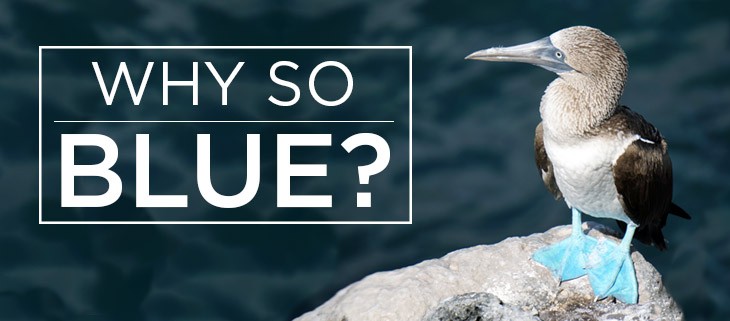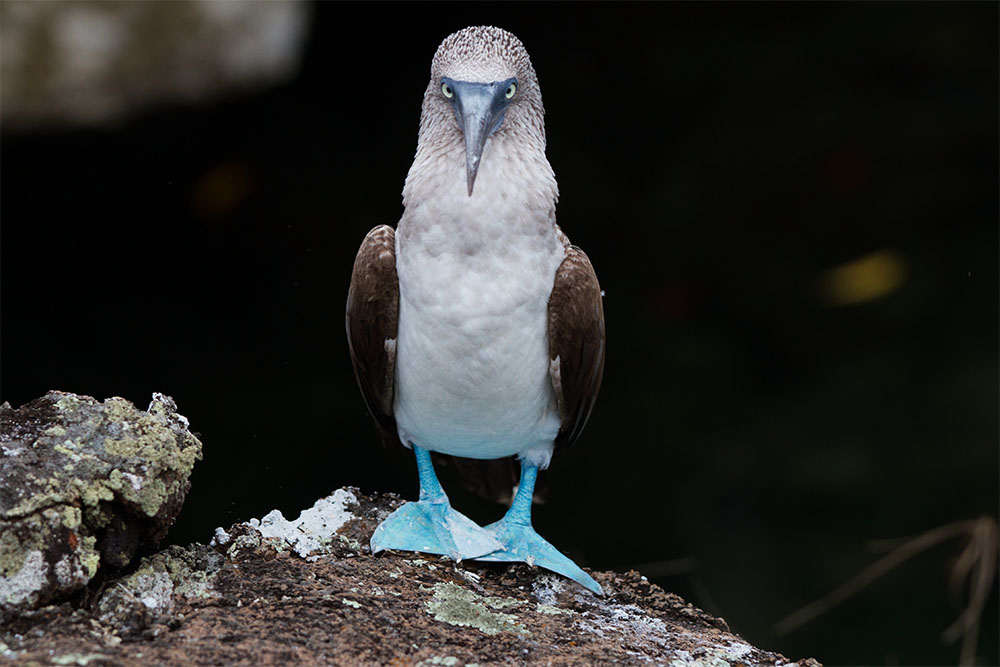December 4, 2024
The Ebiil Society: Champions of Palau
Ann Singeo, founder of our partner organization the Ebiil Society, shares her vision for a thriving Palau and a flourishing world of indigenous science!
We use cookies to help you navigate efficiently and perform certain functions. You will find detailed information about all cookies under each consent category below.
The cookies that are categorized as "Necessary" are stored on your browser as they are essential for enabling the basic functionalities of the site. ...
Necessary cookies are required to enable the basic features of this site, such as providing secure log-in or adjusting your consent preferences. These cookies do not store any personally identifiable data.
Functional cookies help perform certain functionalities like sharing the content of the website on social media platforms, collecting feedback, and other third-party features.
Analytical cookies are used to understand how visitors interact with the website. These cookies help provide information on metrics such as the number of visitors, bounce rate, traffic source, etc.
Performance cookies are used to understand and analyze the key performance indexes of the website which helps in delivering a better user experience for the visitors.
Advertisement cookies are used to provide visitors with customized advertisements based on the pages you visited previously and to analyze the effectiveness of the ad campaigns.
Looking to make an impact this Earth Month? Here’s how.

What’s in a name? The Blue-footed Booby’s name can tell you a lot about the unique birds. The species is known for its striking turquoise-colored feet, and the name Booby is believed to derive from the Spanish word “Bobo” which means “clown” or “stupid” and refers to the bird’s peculiar waddle.
Blue-footed Boobies have widespread populations throughout the tropics and subtropics of the Eastern Pacific. Large populations give researchers ample opportunity to study the species very closely and learn all about the birds’ mating, parental, and feeding habits. David J. Anderson of Wake Forest University explained:
They’re super fascinating animals and such a good research model…they let you move among them without minding too much. You try to do that with a continental bird or mammal—forget about it. But with these guys you see it all.

The birds’ tolerance for humans has allowed researchers to deeply explore the world of the Blue-footed Boobies. One big question researchers have worked to uncover is: why do Blue-footed Boobies have blue feet?
Researchers have identified two main factors in the blue-ness of the birds’ feet – one is an internal mechanism and the other is from their food. Juvenile Blue-footed Booby feet are only slightly blue; this is because of an alignment of proteins in the skin that results in a purplish-blue hue.
In the bird community, the bluer the feet the better. Both males and females are selective about the blueness of their prospective mates’ feet, but the internal proteins are not enough. The added pigment comes from their food. Boobies are seabirds that preferentially feed on schooling fish such as sardines. They extract bright yellow pigments from carotenoids in fish, a process which causes their feet to display a turquoise color. Evolutionarily the blue feet show that the bird is healthier than a less-blue counterpart.
The color of the Blue-footed Boobies feet is only a fraction of the discoveries scientists have made and there are plenty more to come from these unique animals.
Featured photo: Blue-footed Booby. Credit: Emily
Read more about Blue-footed Booby research in the New York Times
Check out other journal entries we think you might be interested in.
Notifications